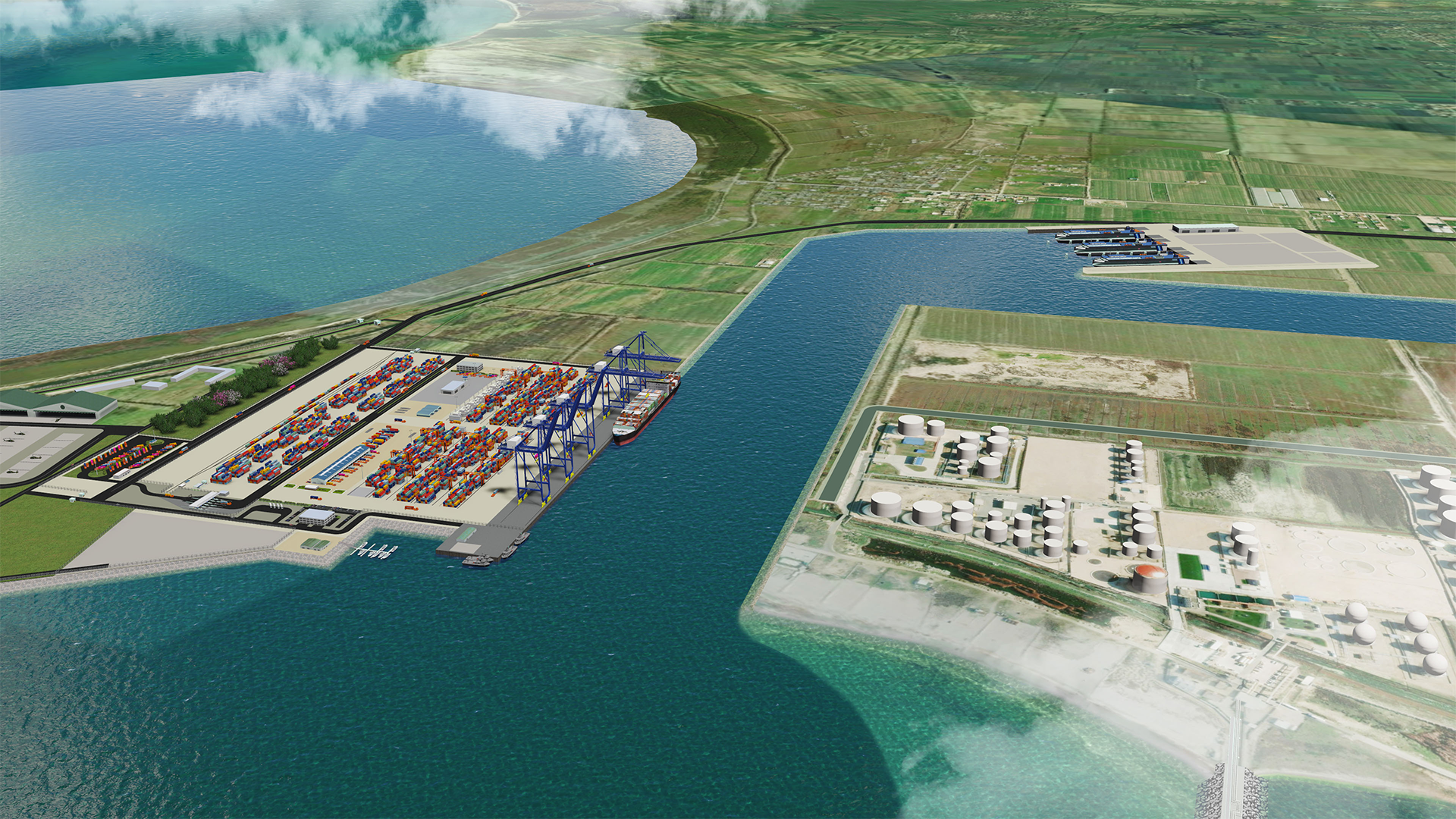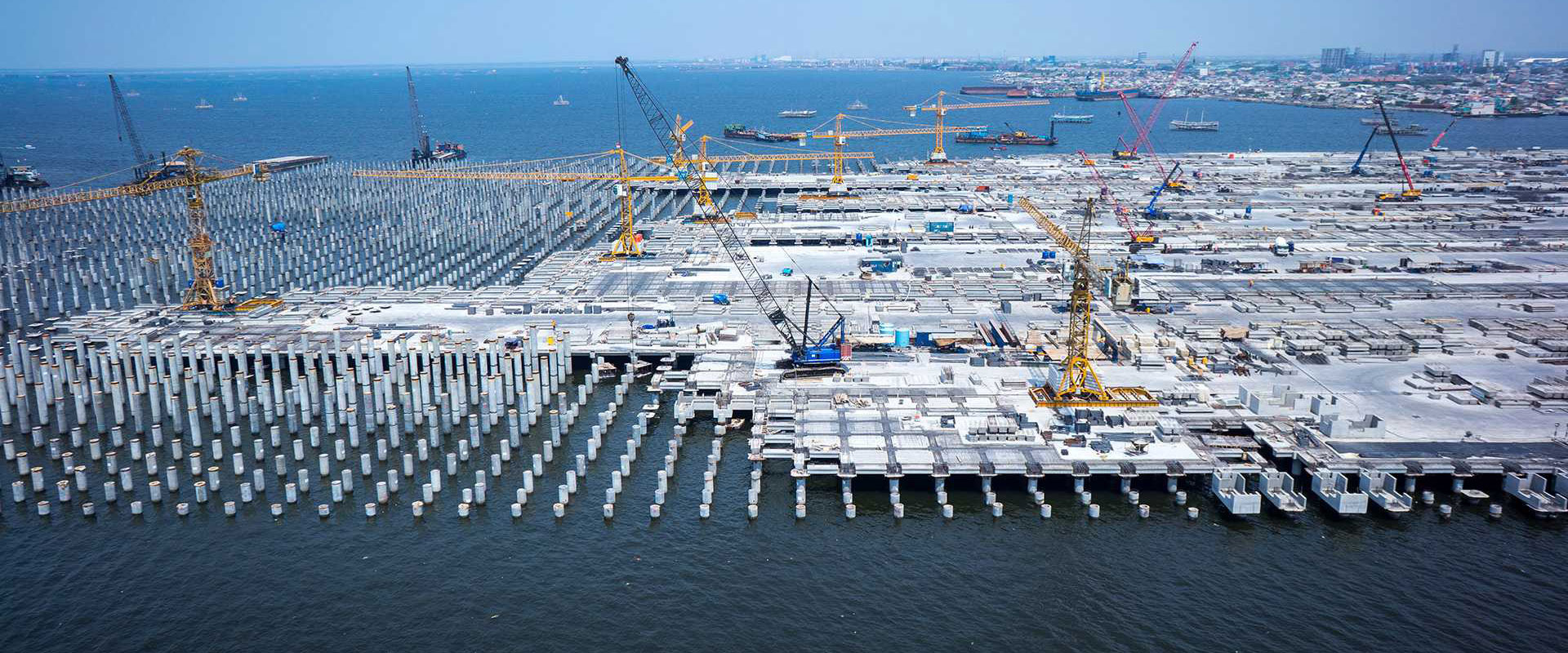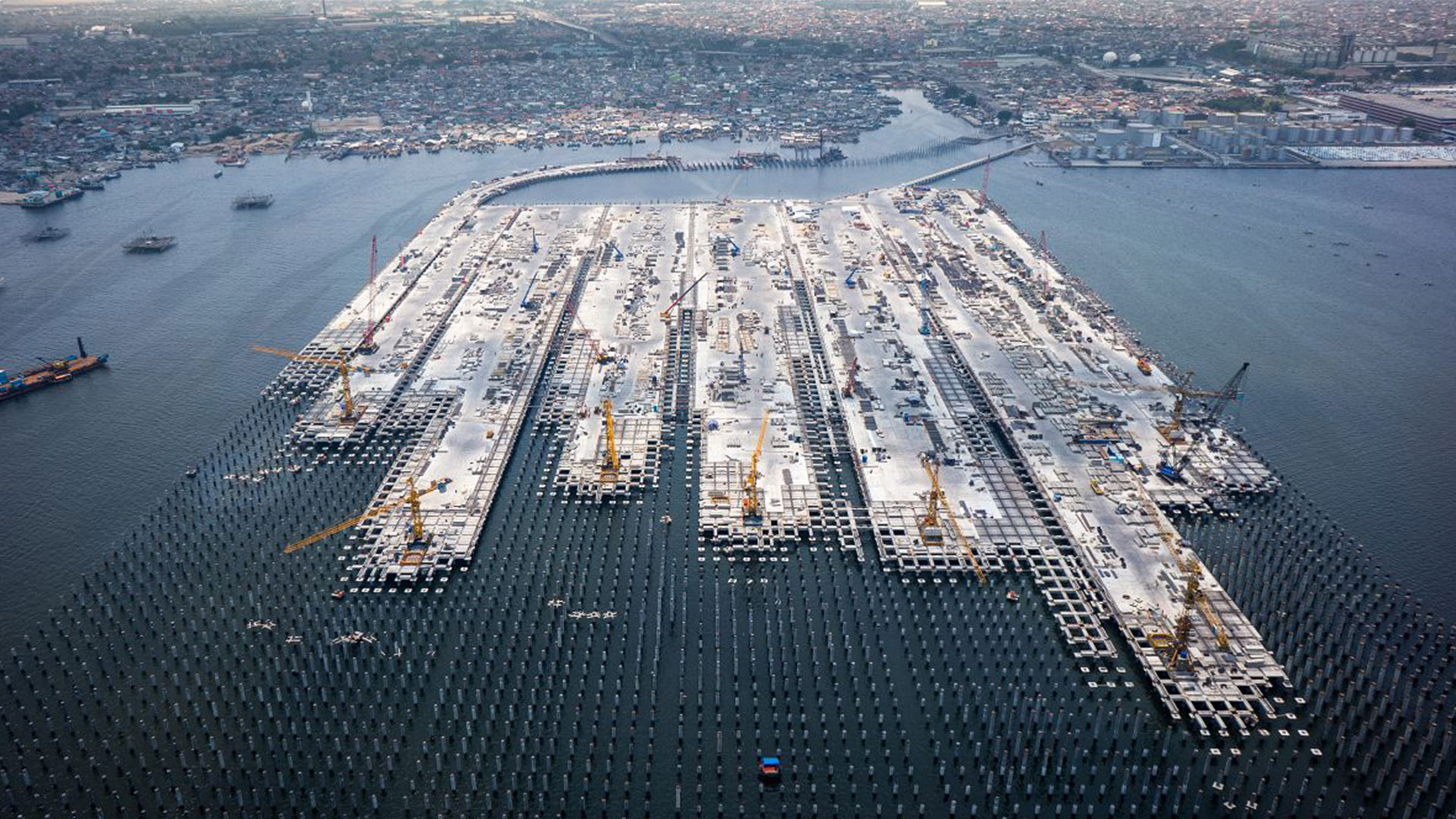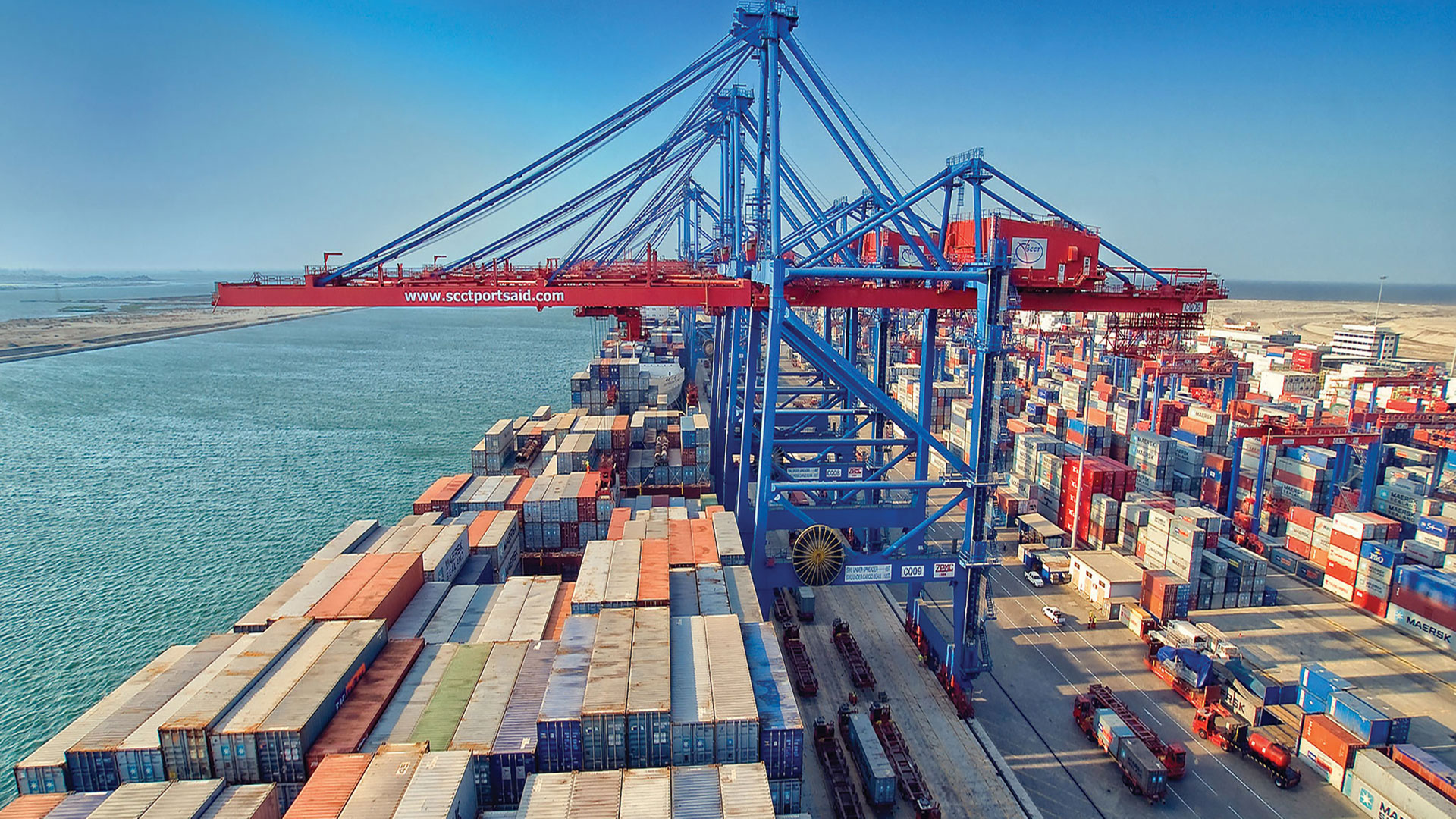The gateway to Southeast Europe: Building Albania’s largest seaport and logistics hub

Project facts
- ClientDurrës Port Authority
- LocationPorto Romano, Albania
- DateJanuary 2022 - October 2023
- ChallengeCreate a plan to develop new port facilities within strict budget limitations
- SolutionA phased development strategy that shifts cargo handling to an all-new port
Building a new cargo port – with a few additional challenges
As part of its modernisation and expansion plans for the Durrës – Porto Romano port complex, the Government of Albania wanted to build new facilities which could take on the cargo handling activities and logistics for the wider Western Balkan region.
However, the relocation site presented many significant spatial and geotechnical challenges to be considered and mitigated. Soil conditions and the country’s high seismic activity meant the project required extensive feasibility and technical studies to find a safe and sustainable approach.
The port development was also constrained by strict budget limitations, which meant the team needed to focus on cost optimisation and ‘value for money’.
A comprehensive strategy for safe, efficient operations
Working with Tirana-based Abkons, Royal HaskoningDHV surveyed the site and created a strategy to guide the project, balancing value with the latest in Green Port technologies for efficient operations and a reduced environmental footprint. Following our plan, Porto Romano will become Albania’s largest seaport, offering a world-class cargo facility for the region’s businesses, and extending the economic benefits across Southeast Europe.
Starting from a blank canvas meant our team had the opportunity to create a totally bespoke strategy for a highly active, purpose-built facility. We provided:
- A comprehensive market study
- Financial and cost-benefit analysis
- A long-term port development master plan
- Financing and procurement strategy
- Extensive land and marine surveys
- Mathematical and physical modelling
- Detailed designs for all port infrastructure
- Tender documents and support
- An environmental and social impact assessment
I was delighted to see the plans brought forward for the new port at Porto Romano. This is a fantastic opportunity to set a new standard in planning and connectivity. The scheme allows the entire region to benefit from the increased trade, opportunities, and environmental improvements.
Opening the gateway to Southeast Europe
The Government of Albania now has a future-proof port development plan, which will be implemented into several extension phases to help manage the available budget. The port will consolidate the region’s maritime and cargo activity into a central hub, serving Albania and creating a strong connection for inland transshipment with neighbouring Kosovo where a dry port facility will be built in Pristina, as well as with Struga in North Macedonia as part of Corridor VIII, a recently designated EU Core Network component.
In the first phase of development, the new container terminal will operate using mobile harbour cranes; once the port is more active, this can transition to a ship-to-shore and rubber-tyred gantry cranes operation without further infrastructure work. It will be connected to both road and rail transport networks, further expanding its economic impact across the region.
Crucially, this new port at Porto Romano will enable the Durrës Port Authority to turn its attention to inland transshipment and the development of logistic zones.




